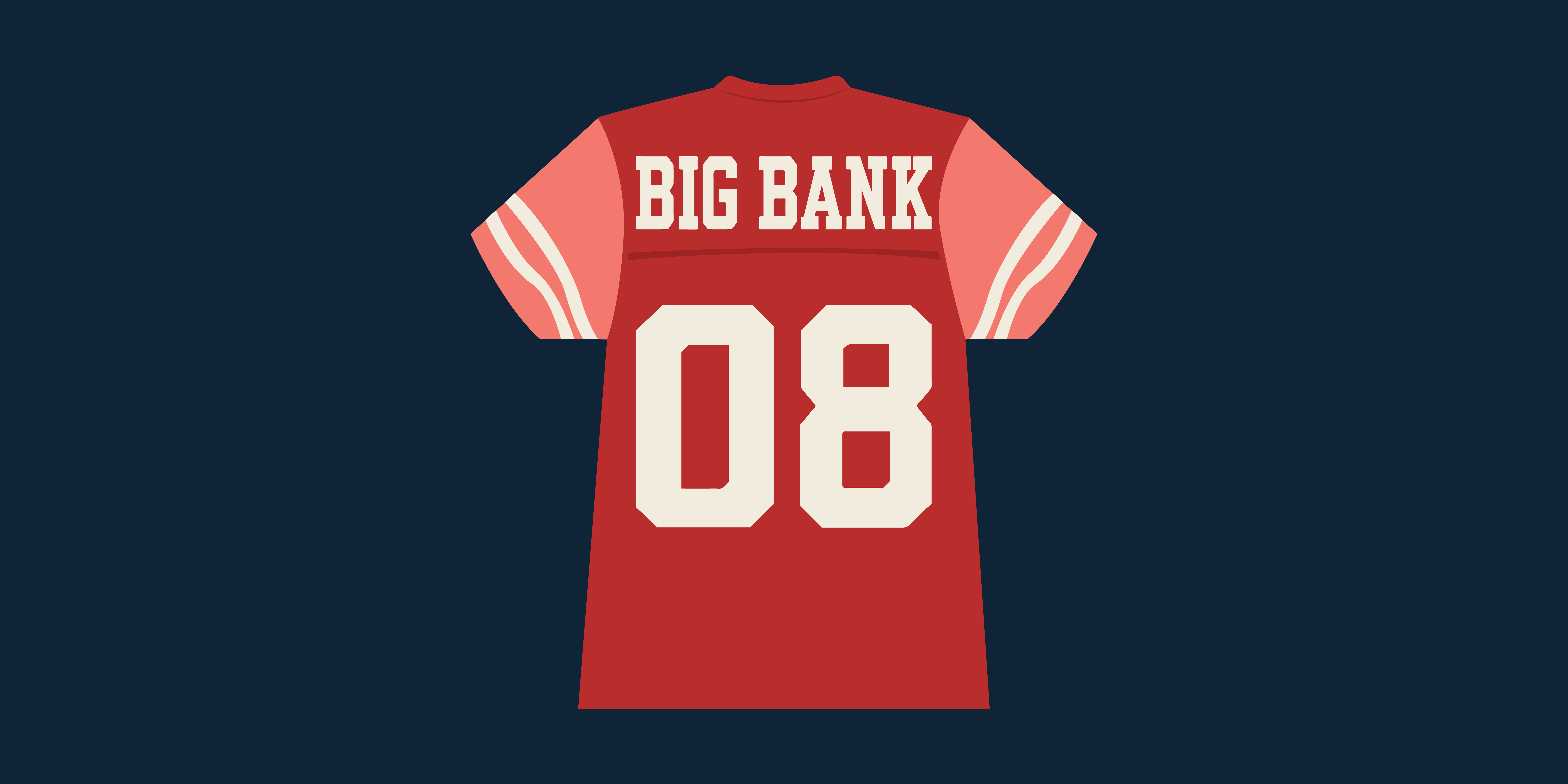Credit unions offer a wide range of financial services. But they have a long history of social engagement, reflected in an ownership structure that’s very different from big banks.
A credit union is a deposit-taking institution and like a bank, it offers a complete range of financial services – everything from savings and chequing accounts to loans and mortgages.
That’s just about where the similarities end.
In Canada, the major banks are all public entities, traded on the Toronto Stock Exchange and regulated by the federal government. In contrast, credit unions are co-ops, owned by the people who bank with them and regulated by individual provinces.
As the World Council of Credit Unions tells us, credit unions are based on the idea that “people could pool their money and make loans to each other.”
They have a history of social engagement that goes back to the 19th century.
In those days, people in the middle and especially lower classes had little or no access to the banking systems. Borrowing was difficult and as far as savings were concerned, money and valuables were best kept hidden, perhaps buried in the garden.
That started to change in the mid-1800s when a group of workers in Rochdale, England, organized a marketing cooperative. Credit unions began to appear in Germany around the same time. They were commonplace in Europe by the end of the century, which is also when they made their first appearance in Canada.
Alphonse Desjardins, a journalist with a background of working with charitable organizations, founded a credit union or, “caisse populaire” in Quebec in 1900. It was the first successful institution of its kind in North America, and is still around today day under the banner of Desjardins Group.
From that beginning, the credit union movement in Canada exploded to a point where 5.6 million people belonged to a credit union (as of mid-2016). According to The Canadian Credit Union Association, its 303 affiliate credit unions and caisses across Canada had $195.97 billion in assets at that time.
A strong sense of social responsibility is still the cornerstone of credit unions. For example, every credit union member has an equal vote in the institution.
They are big believers in socially responsible investing, reducing human impact on the environment, and do extensive volunteer work in the communities where they’re located. Credit Unions are also big promoters of financial literacy, participating in the Financial Consumer Agency of Canada’s “No Surprises” campaign, aimed at increasing Canadians’ understanding of finances.
Credit Unions do share a couple of similarities with the banks. For example, credit unions have the same capital reserve requirements as the big chartered banks. That means they will also adhere to the Basel III international capital standards, developed by the Bank for International Settlements in the wake of the 2008 financial crisis.
These new rules upped the amount of capital reserves a bank had to keep on hand to deal with another crisis and also tightened rules as to what could be used for these reserves. This translates into a 10.5 per cent minimum risk-weighted capital ratio.
Depositor protection is just like it is for the banks. This means that deposit insurance covers deposits up to $100,000 for standard savings and chequing accounts, term deposits and Guaranteed Investment Certificates (GICs). And like the banks, the deposit insurance does not cover investment products purchases from the institution, such as stocks, bonds and mutual funds.





